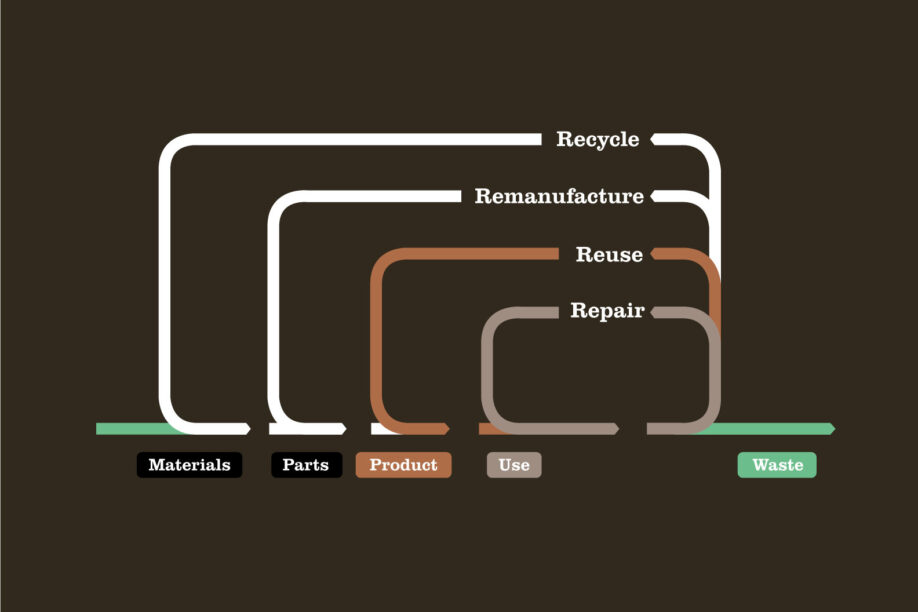- News
- Strategy
Circular Economy. Circular Communications.
The circular economy concept is complex, its architecture is built on developing a new system that reduces waste and pollution by operating in a restorative closed loop.

We understand the need to shift from a linear economy and alleviate the pressures consumption has on our planet. But do we really understand how to communicate it? Not only to external customers, clients and supply chains, but direct to internal stakeholders, too.
At Wyatt International, we’ve identified some consistencies across B2B brands. Primarily, there is a reluctance that goes hand-in-hand with fear when developing communications strategies for sustainability, ESG or specifically, the circular economy.
This is understandable as legacy products, services and solutions may not adhere to the environmental standards of today. ‘How can we promote this when we still provide that?’, or ‘here is a great example of a ‘sustainable’ project, but then this one didn’t hit the mark’.
We understand the concerns of potential accusation and hypocrisy, but to remain stagnant in a time of dramatic change will have profound impacts on businesses. So how do you tackle this?
Learning.
We believe that internal communication must come first. It’s about changing the mindset of your organisation. To change this, individuals must have the relevant information and access to learnings. Often a barrier to knowledge is what gets in the way of achieving a circular economy – the solutions and products may be there – or almost, but the people delivering them retain the same mindset and procedures as before.

This is often the case when it comes to construction projects and the challenges associated with supply chain management. This brings us to consistency. Consistent definitions and consistent communications to drive the message and value home across organisations.
Once definitions are in place, communications must deliver clarity and practicality related to direct outcomes. This could take a two-pronged approach, the first takes on a positive role – the positives of a circular economy and sustainable production. The second must emphasise the negatives related to linear procedures and materialisation. By bringing employees on board, businesses are able to save on costs, create new revenue streams as well as jobs, and essentially make room for a new era of innovation.
Be honest – share your story.
It’s difficult to be completely honest, the temptation to sugar-coat can be tempting. But there are ways in which effective communications can be crafted. Firstly, acknowledge that you’re making a change and moving towards a better, and more circular future. State that this transition will take time and lay out the steps, simply and clearly. It’s important to be honest about challenges and limitations, they are, in many ways identical to the ones clients and customers are facing.
Furthermore, facts, figures and concrete evidence is vital in demonstrating the tangible impacts of a circular economy – whether that’s following the launch of a singular product or the completion of an isolated project. It’s a starting point, a springboard that can help leverage additional change. Finally, don’t lose sight of who you’re talking to – people.
Don’t be afraid of telling an emotional story that will help you connect on a personal level with customers.
We work with many international brands, each of which are at various stages of their sustainability and circular journey. If you need support in identifying market opportunities, solving challenges and learning more about how you influence internal and external forces.